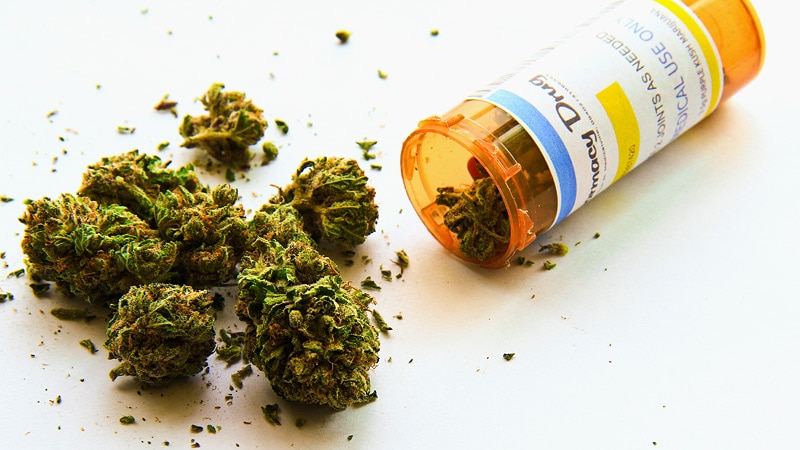Northerner
Admin (Retired)
- Relationship to Diabetes
- Type 1
Although the healing properties of cannabis have been touted for millennia, research into its potential neuropsychiatric applications truly began to take off in the 1990s following the discovery of the cannabinoid system in the brain. This led to speculation that cannabis could play a therapeutic role in regulating dopamine, serotonin, and other neurotransmitters and offer a new means of treating various ailments.
At the same time, efforts to liberalize marijuana laws have successfully played out in several nations, including the United States, where as of today, 36 states provide some access to cannabis. These dual tracks — medical and political — have made cannabis an increasingly accepted part of the cultural fabric.
Yet with this development has come a new quandary for clinicians. Medical cannabis has been made widely available to patients and has largely outpaced the clinical evidence, leaving it unclear how and for which indications it should be used.

 www.medscape.com
www.medscape.com
At the same time, efforts to liberalize marijuana laws have successfully played out in several nations, including the United States, where as of today, 36 states provide some access to cannabis. These dual tracks — medical and political — have made cannabis an increasingly accepted part of the cultural fabric.
Yet with this development has come a new quandary for clinicians. Medical cannabis has been made widely available to patients and has largely outpaced the clinical evidence, leaving it unclear how and for which indications it should be used.

The Cloudy Role of Cannabis as a Neuropsychiatric Treatment
Medical cannabis researchers say there is real promise for several conditions, but continued obstacles are hindering the drive for high-quality evidence.
